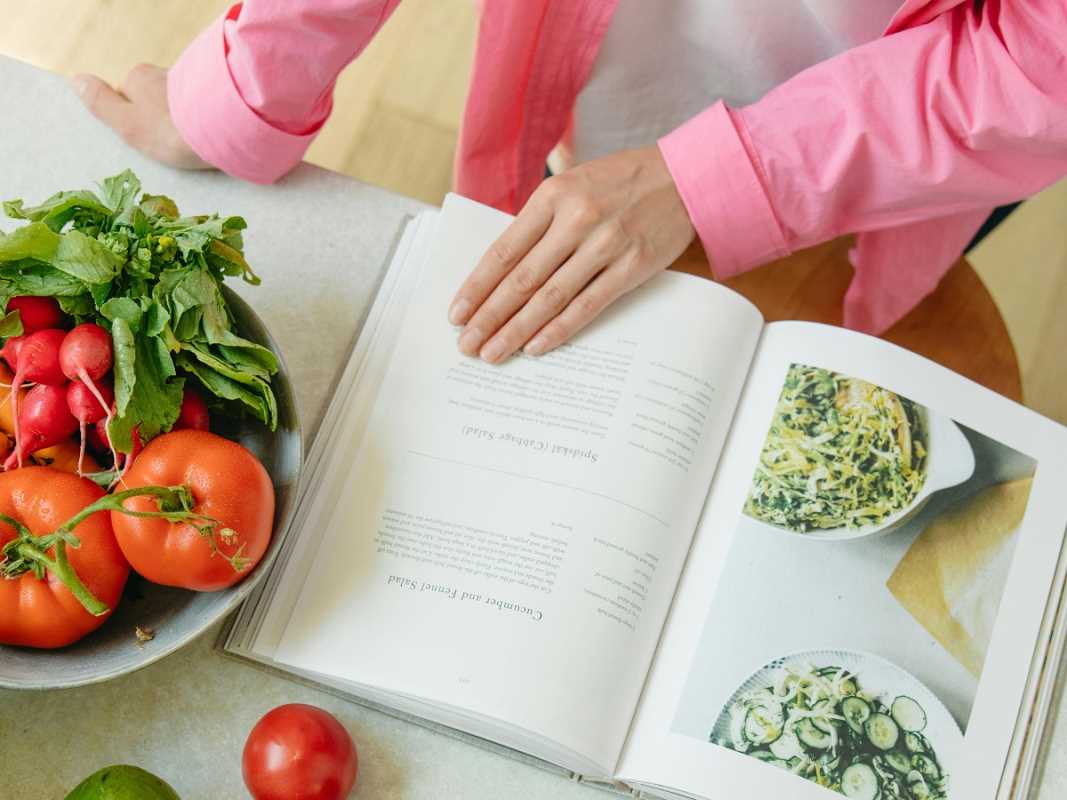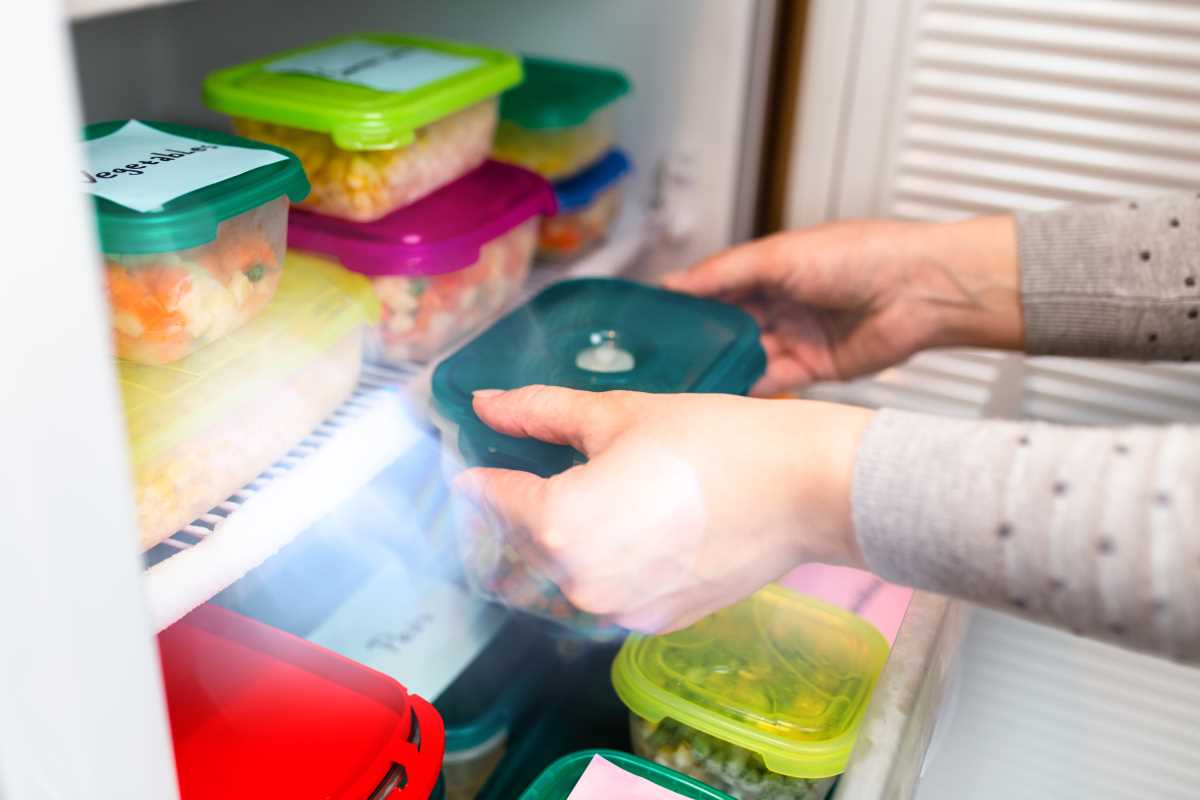A warm kitchen fills with the inviting scent of simmering sauces and golden, freshly baked dough, creating anticipation long before anyone sits down to eat. Layering nutrient-rich vegetables into familiar dishes brings back the comfort of childhood favorites while adding a boost of nourishment. This approach turns an ordinary meal into a joyful gathering, where everyone can enjoy both taste and nutrition together. Combining a variety of textures, colors, and flavors keeps each dish interesting and encourages everyone at the table to take a bite. Delicious food and wholesome ingredients can come together, making every meal both satisfying and memorable.
Families often reach for well-loved classics at the end of a long day, trusting that a warm plate brings comfort and connection. By blending whole grains, lean proteins, and seasonal produce into those same spotlight dishes, you can spark fresh curiosity around the dinner table. This shift elevates tradition without erasing it, inviting new taste memories while preserving the familiar hug of a hearty recipe.
Enjoying Comfort with Familiar Flavors
Rooting meals in nostalgia helps introduce more vegetables and lean proteins without resistance. When you tweak timeworn recipes, each change feels less like a disruption and more like an improvement. Bright orange sweet potatoes pureed into creamy sauces and roasted cauliflower flecked with herbs both contribute satisfying bite and delightful color. Anchoring these swaps in recognizable textures—crisp breadcrumb topping, gooey cheese pull—ensures every plate radiates warmth.
Think about how comfort foods adapt to each season’s freshest bounty. Spring asparagus ribbons folded into cheesy casseroles. Summer zucchini spirals tossed with tomato-basil sauce. Fall’s roasted squash stirred into mac and cheese. Winter kale blended into meatballs. Seasonal ingredients bring vibrancy to the dinner table and invite curious palates to explore textures, aromas, and colors that feel both fresh and reassuring.
Practical Substitutions for Classic Dishes
- Whole-Grain Pasta
- Purpose: Boosts fiber and keeps you fuller longer compared to refined pasta.
- Steps:
- Choose 100% whole-wheat or legume-based pasta for a nutty flavor.
- Cook in salted water 1–2 minutes less than the package suggests for al dente texture.
- Drain and drizzle with olive oil to prevent sticking.
- Cost/Availability: $1.50–$3 per 8 oz box at most grocery chains.
- Insider Tip: Add a splash of pasta water to sauces for smoother texture and better coating.
- Pureed Veggie Sauces
- Purpose: Sneaks extra vegetables into dishes without altering beloved flavors.
- Steps:
- Roast diced carrots and butternut squash at 400°F for 20 minutes.
- Blend with reserved pasta water or broth until smooth.
- Stir into marinara or Alfredo, simmer 5 minutes to blend flavors.
- Cost/Availability: Under $5 for 2 cups when using seasonal produce.
- Insider Tip: Freeze in ice cube trays for single-serve sauce boosters.
- Greek Yogurt in Creamy Bakes
- Purpose: Replaces heavy cream or sour cream with protein-rich, lower-fat alternative.
- Steps:
- Strain plain Greek yogurt for 30 minutes in a cheesecloth-lined sieve.
- Substitute for half the cream or sour cream in your recipe.
- Fold in just before baking to prevent curdling.
- Cost/Availability: ~$0.60 per ½ cup at supermarkets.
- Insider Tip: Keep yogurt cold until use for best texture under heat.
- Legume-Infused Patties
- Purpose: Boosts fiber and plant-based nutrients in burgers or meatballs.
- Steps:
- Mash 1 can of chickpeas or black beans.
- Mix with ground turkey/beef, egg, and seasonings.
- Form into patties, cook 4–5 minutes per side to 165°F internal temp.
- Cost/Availability: ~$1 per can of beans, $4–$6 per lb of meat.
- Insider Tip: Add grated onion or zucchini for moisture.
- Cauliflower Rice
- Purpose: Cuts grains while soaking up flavor and boosting veggie content.
- Steps:
- Pulse cauliflower florets in food processor until rice-sized.
- Sauté in dry skillet for 3 minutes.
- Add garlic, splash of broth, cover for 2 minutes to steam.
- Cost/Availability: Fresh: ~$2.50/head; Frozen: <$3/bag.
- Insider Tip: Toast lightly before adding liquid to boost nuttiness.
Cooking Tips to Make Meals Easier
- Gather Ingredients and Tools Lay out all vegetables, proteins, and seasonings on the countertop. Pre-measure oils, spices, and liquids into small bowls or cups. This approach prevents scrambling at the last minute and keeps the cooking process smooth.
- Layer Flavors Early Start by blooming spices in oil or toasting grains briefly. For example, gently fry garlic and onion until fragrant before adding legumes. This builds depth at the base and prevents flat-tasting results.
- Stagger Cooking Times Begin with starches or root vegetables, as they often need more time. Add leafy greens, soft cheeses, or pre-cooked proteins in the last few minutes to preserve texture and flavor.
- Taste and Adjust Take a moment mid-cooking to sample sauces or side dishes. A quick pinch of salt or splash of acid—like lemon juice or vinegar—can instantly lift a mild dish.
- Rest Before Serving Let baked gratins, patties, or stacks sit for 5–10 minutes. This allows juices to redistribute, resulting in juicier textures and cleaner presentation on the plate.
Quick Fixes for Busy Weeknights
Roasting a tray of mixed vegetables alongside protein cuts active cooking time and delivers complex flavors at once. Use pre-chopped veggies when time is tight—many stores sell carrot-and-parsnip medleys or cauliflower-steam kits that roast beautifully with minimal prep. Sprinkle a quick spice mix of smoked paprika, garlic powder, and dried herbs to instantly boost flavor.
Another shortcut involves cooking double portions on the weekend and freezing half in individual containers. Pre-assembled mason jar salads with dressing at the bottom stay crisp, and layered soups reheat quickly on the stove. These methods cut weekday prep in half, giving you more time to spend with family rather than chopping.
Developing Consistent Meal Routines
Use a fridge-friendly swap chart to compare classic dishes with healthier twists, letting each family member suggest new ideas monthly. Make a few dinners screen-free and celebrate colorful plates with shared photos. These small, consistent habits spark curiosity, boost nutrition, and keep mealtime meaningful and fun.
 (Image via
(Image via





